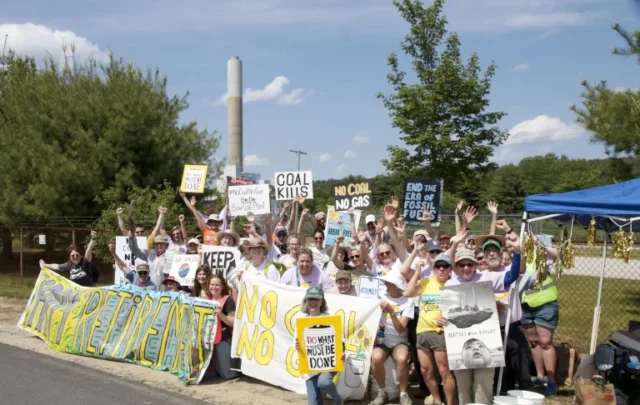The rapidly dropping cost of renewable energy has upended energy economics in recent years, with new solar and wind plants now significantly cheaper than coal power.
But new research shows another major change is afoot: The cost of batteries has been declining so unexpectedly rapidly that renewables plus battery storage are now cheaper than even natural gas plants in many applications, according to a report released this week by Bloomberg New Energy Finance (BNEF).
BNEF analyzed pricing data from almost 7,000 power projects in 46 countries that span 20 energy technologies, including coal, gas, nuclear, battery storage, solar photovoltaics (PV), and wind.
They report that electricity prices “for onshore wind, solar PV and offshore wind have fallen by 49 percent, 84 percent and 56 percent respectively since 2010.” Costs for lithium-ion battery storage have dropped 76 percent since 2012 — and plunged 35 percent in the past year alone.
These price drops have been global game changers.
Renewables to capture two-thirds of the $10 trillion the world will invest in new generation through 2040.
“Solar PV and onshore wind have won the race to be the cheapest sources” of bulk or primary power generation in most countries, explained a BNEF energy analyst.
But, as BNEF reports, batteries plus solar and wind “are starting to compete, in many markets and without subsidy,” with natural gas plants used for “dispatchable power” that can be delivered on demand when the grid needs it rather than only when the sun shines or wind blows.
The investment bank Credit Suisse emphasized the same trend in a report released last December. “Utility scale solar plus storage is already cheaper than gas peaker plants,” they reported at the time.
Historically, relatively inefficient natural gas plants have been used to provide peak power — for instance, during summer heat waves when everyone turns on the air conditioning and electricity demand soars. But those peaking power plants often run only tens of hours a year, which means you are paying for a power plant that sits idle more than 90 percent of the time.
Solar power, however, already provides most of its electricity during peak times, which are daytime and summertime. So, as batteries and solar power have plunged in price, the two working in tandem have increasingly become the preferred option for dispatchable peak power.
In places like California, where solar power has made significant market penetration, peak demand has actually shifted from midday to early evening, when the sun is setting. Solar with batteries that can store power for up to four hours can now also cover that new peak.
Moreover, as Bloomberg reported on Tuesday, solar plus storage has other advantages over gas peakers. It “can provide other services” when the battery isn’t being used for peak power, “such as smoothing out ebbs and flows of power on grids.”
Another economic factor working in favor of renewables is that natural gas prices are very volatile, whereas the prices of both batteries and solar power are projected to keep declining sharply.
Finally, renewables plus storage will become increasingly competitive with natural gas in more applications as an increasing number of countries embrace a price on carbon pollution that reflects its full harm to human health and a livable climate.
Republican opponents of clean energy often say fossil fuels are irreplaceable because renewable power doesn’t work all the time.
Just last week, President Donald Trump mocked wind power, saying, “Let’s put up some windmills — when the wind doesn’t blow, just turn off the television darling, please.” He mocked solar power as well, falsely claiming, “it’s not strong enough, and it’s very, very expensive.”
Trump is blind to the clean energy revolution, showing how desperately the country needs a president who actually understands both the science of climate change and the business of clean energy. The question is not whether renewables will surpass natural gas, but whether governments will help ensure that they do so fast enough to avoid climate catastrophe.




